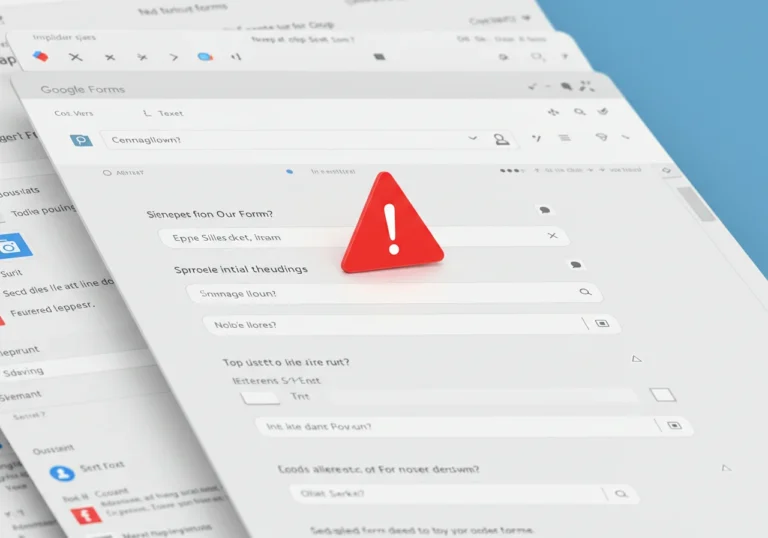Fake Crypto Investment Platforms: How to Spot Fraudulent Sites
Why Fake Investment Platforms Are Everywhere (And How They Hook You)
Fake crypto investment schemes explode during hype cycles—like when Bitcoin hits the news. Scammers prey on hope. They whisper: “What if you miss out?”
Imagine a carnival game rigged so you always lose. Fraudulent crypto investment websites work the same. They dazzle with fake charts and celebrity endorsements (deepfakes are scary-good now). One victim I spoke with, Maria, described it as: “Like seeing a waterfall in the desert—too beautiful to be real.”

🚩 The Red Flags Even Your Grandma Could Spot
Let’s break down their playbook with everyday comparisons:
1. The “Risk-Free” Mirage
Real investing is like gardening—you plant seeds and wait.
Scam platforms promise magic beanstalks.
- Phony digital currency investment programs swear you’ll “never lose money.” (Red Flag #1)
- Example: “Earn 5% daily FOREVER!” → Math alert: $1,000 would become $42 million in a year. Nope.
2. Urgency Tactics
Ever seen a “LIMITED TIME OFFER!!” sign at a sketchy flea market? Same energy.
- Pop-ups like: “ONLY 3 SPOTS LEFT AT 300% BONUS!”
- Deceptive blockchain investment platforms pressure you to “ACT NOW OR REGRET FOREVER.”
3. Copycat Branding
Like counterfeit handbags with crooked logos.
- Counterfeit blockchain investment websites mimic real companies (e.g., “CoinBasePro” vs. “Coinbase”).
- Check URLs: Scammers use coinnbase.com or binance-support.net.
4. Withdrawal Woes
Your money goes in easy… but never comes out.
- Sham virtual money investment platforms invent “fees” (e.g., “Pay 0.2 BTC to unlock withdrawals”).
- Maria’s story: “They demanded $500 ‘taxes’—then ghosted.”
🕵️ The Detective Toolkit: 4 Ways to Verify Any Platform
🔍 Check the Paper Trail (Spoiler: Scammers Hate Paper)
Fraudulent cryptocurrency investment schemes avoid scrutiny. Here’s how to investigate:
- Regulation Check:
- Legit platforms register with authorities like SEC (USA) or FCA (UK).
- Search: “[Platform Name] + scam” or “[Platform Name] + complaints.”
- Domain Sleuthing:
- Use whois.domaintools.com.
- Scam sites are often <6 months old.
- Social Proof Test:
- Real companies have LinkedIn employees & years of tweets.
- Hoax crypto investment platforms use stock photos and bot comments (“Best platform EVER! – User123”).
💡 Real-World Example: The “Elon Musk” AI Trading Bot
Last year, a bogus crypto investment opportunity promised “Elon-endorsed AI profits.” The trap:
- Fake CNN articles (photoshopped)
- A “live” profit counter showing +$8,000/minute
- Victims lost $2M before it collapsed
How to spot it today? Elon doesn’t shill random apps. Ever.
🛡️ Fortress Mode: Protecting Your Future
🧠 Mindset Armor
Greed clouds judgment. Repeat this mantra:
“If it sounds too good to be true, it’s a scam. Always.”
False cryptocurrency investment services vanish when you:
- Delay decisions → “Let me discuss with my spouse.”
- Ask nerdy questions → “What’s your SEC license number?”
🛠️ Tech Safeguards
- Browser Shields: Install BitTrust or ScamAdviser extensions. They flag fraudulent cryptocurrency investment schemes.
- Wallet Rules: Never send crypto directly to an “investment platform.” Use exchanges as buffers (e.g., Coinbase → your wallet → platform).
If You Got Burned: Damage Control Steps
- Document Everything: Screenshots, transaction IDs, emails.
- Report Immediately:
- IC3.gov (FBI cybercrimes)
- Local police (get a case number)
- Contact Your Bank: If you used a credit card, dispute charges.
Your Shield Against Wolves
Cryptocurrency can be life-changing—but only if you keep it. Jake’s rebuilding his fund slowly, this time using trusted apps like Kraken. His new rule? “Verify three times, invest once.”
Scammers evolve, but core truths remain:
- Real wealth grows slowly.
- Pressure = poison.
- You hold the power.
🔑 Quick Checks: Dodging Fake Crypto Traps
- Too-good returns? → Run.
- Urgency tactics? → Close tab.
- Unlock fees? → Scam.
- Copycat URLs? → Double-check spelling.
- No regulation info? → Assume guilty.
- Social media bots? → Check profiles.
- Direct wallet transfers? → Never do it.
Table of Contents

Hello, I’m Edmilson Dias, founder of CoinBringer. I created this platform to guide people through the fast-moving world of cryptocurrency with clarity and safety. With years of research in blockchain and digital security, my goal is to translate complex topics into practical knowledge, offering reliable tutorials, safety insights, and guidance for both newcomers and experienced users.
Discover more from CoinBringer
Subscribe to get the latest posts sent to your email.







